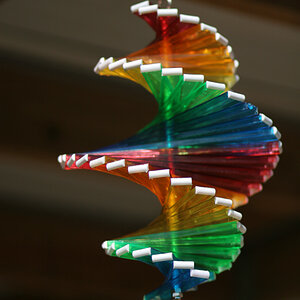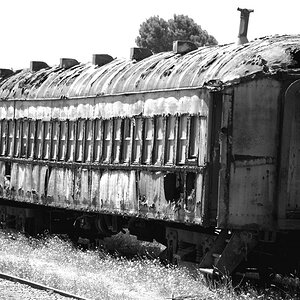Hertz van Rental
We're supposed to post photos?
Microwaves only heat water molecules so theoretically it would work. RC doesn't absorb water except for a small amount in the gelatine. Fibre takes it into the Baryta too but if the print was only heated minimally - so the water temp didn't go too much above the melting point of gelatine - it would be no different to using a normal print dryer. The aim in both is to drive off the water as vapour.
The problems with a microwave are that they tend to heat unevenly so parts of the print will dry quicker than others which would cause buckling and distortion in fibre based.
I would stick with a rotary or flat bed dryer for fibre. Rotary for choice. Those babies will dry prints as fast as you can feed them, will glaze the print if you want and the blanket holds the prints flat for minimal distortion.
I know from experience that just because someone respected does something, it doesn't mean it's a good thing. But I keep an open mind and I wouldn't advise anyone not to try it if they wished. If it works for you then that's a good thing.
I have often use a hairdryer on RC to speed things along. Whatever works.
The problems with a microwave are that they tend to heat unevenly so parts of the print will dry quicker than others which would cause buckling and distortion in fibre based.
I would stick with a rotary or flat bed dryer for fibre. Rotary for choice. Those babies will dry prints as fast as you can feed them, will glaze the print if you want and the blanket holds the prints flat for minimal distortion.
I know from experience that just because someone respected does something, it doesn't mean it's a good thing. But I keep an open mind and I wouldn't advise anyone not to try it if they wished. If it works for you then that's a good thing.
I have often use a hairdryer on RC to speed things along. Whatever works.


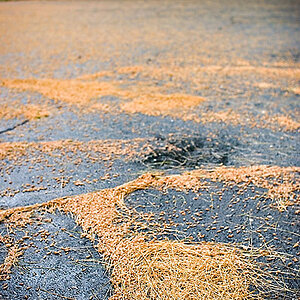
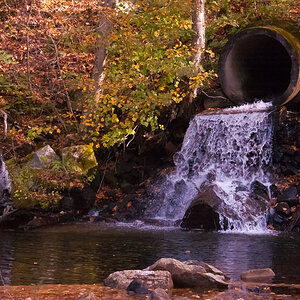


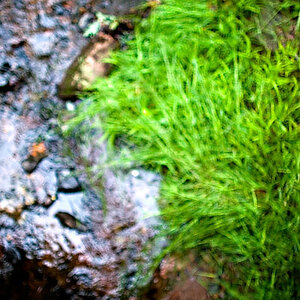
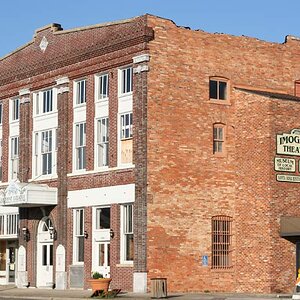
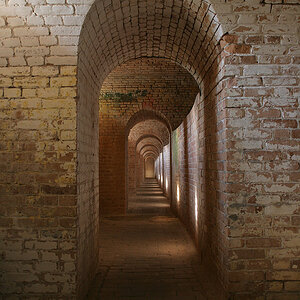
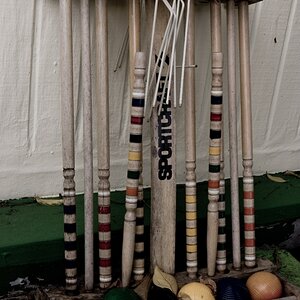
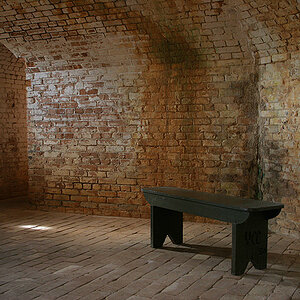
![[No title]](/data/xfmg/thumbnail/34/34062-c0c9c0a752bc1af58237eff1ec850163.jpg?1619736259)
